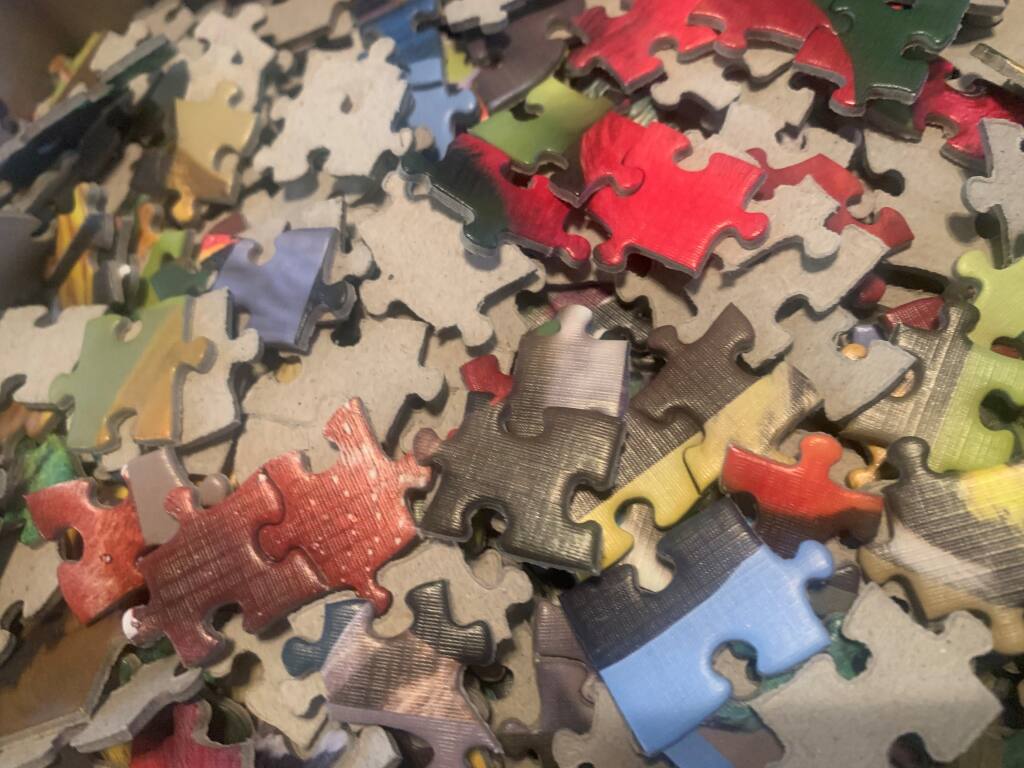Jigsaw puzzle games have been popular for centuries, offering a unique challenge that can be both calming and exhilarating. Originally made of wood in the 18th century, jigsaw puzzles have evolved to come in a wide variety of styles and materials, including photomosaic puzzles, 3D puzzles, and puzzle balls. They provide benefits such as cognitive function improvement and fine motor skill development. Sorting pieces by color and shape, working on the border first, and taking breaks can make puzzle-solving more efficient and enjoyable. Whether a seasoned expert or newcomer, there’s always an opportunity to enjoy assembling the pieces of the puzzle.
Assembling the Pieces of the Puzzle: A Look at Jigsaw Puzzle Games
Overview
Jigsaw puzzle games have been popular for centuries, providing a unique challenge that can be both relaxing and exhilarating. Almost everyone has attempted to put together a puzzle at some point in their lives, whether as a child with a few large pieces or as an adult with a complex, multi-piece design. In this article, we’ll take a closer look at the history and types of jigsaw puzzle games, as well as the benefits they can offer.
History
Jigsaw puzzles are believed to have originated in the 18th century and were originally made out of wood. The first puzzle was created by John Spilsbury, a London-based engraver and mapmaker, who had the idea of creating a puzzle out of one of his maps. The puzzle was a hit, and soon other companies began producing similar puzzles. By the early 20th century, cardboard puzzles had become popular and continued to be a favorite pastime throughout the century.
Types
Today, jigsaw puzzle games come in a wide variety of styles and designs, from simple children’s puzzles to complex, multi-piece designs that can take hours or even days to complete. Puzzles can be made in a variety of materials, including wood, cardboard, and even metal or plastic. One popular type of puzzle is the photomosaic puzzle, which uses thousands of small photographs to create a picture when put together. Other types of puzzles include 3D puzzles, magnetic puzzles, and puzzle balls.
Benefits of Jigsaw Puzzle Games
Many people enjoy putting together jigsaw puzzles as a way to relax and unwind. The act of piecing together a puzzle can be calming and meditative, allowing the mind to focus on the task at hand and forget about any stresses or worries. Puzzles can also be a great way to exercise the brain, keeping it sharp and improving cognitive function. Working on a puzzle can also improve fine motor skills and hand-eye coordination.
Strategy and Tips
There are a few strategies and tips that can help make the process of putting together a puzzle more efficient and enjoyable. First, it’s important to sort the pieces by color and shape to make it easier to find the right pieces. Working on the border first can also make the process easier, as it creates a framework for the rest of the puzzle. Taking breaks and working on different sections of the puzzle at different times can help prevent frustration and fatigue.
Conclusion
Jigsaw puzzle games have been a beloved pastime for centuries, providing a fun challenge that can be both relaxing and rewarding. With a wide variety of styles and designs to choose from, there’s something for everyone when it comes to puzzles. Working on a puzzle can offer numerous benefits, from exercising the brain to improving fine motor skills. Whether you’re a seasoned puzzle expert or a newcomer, there’s never been a better time to start assembling the pieces of the puzzle.
